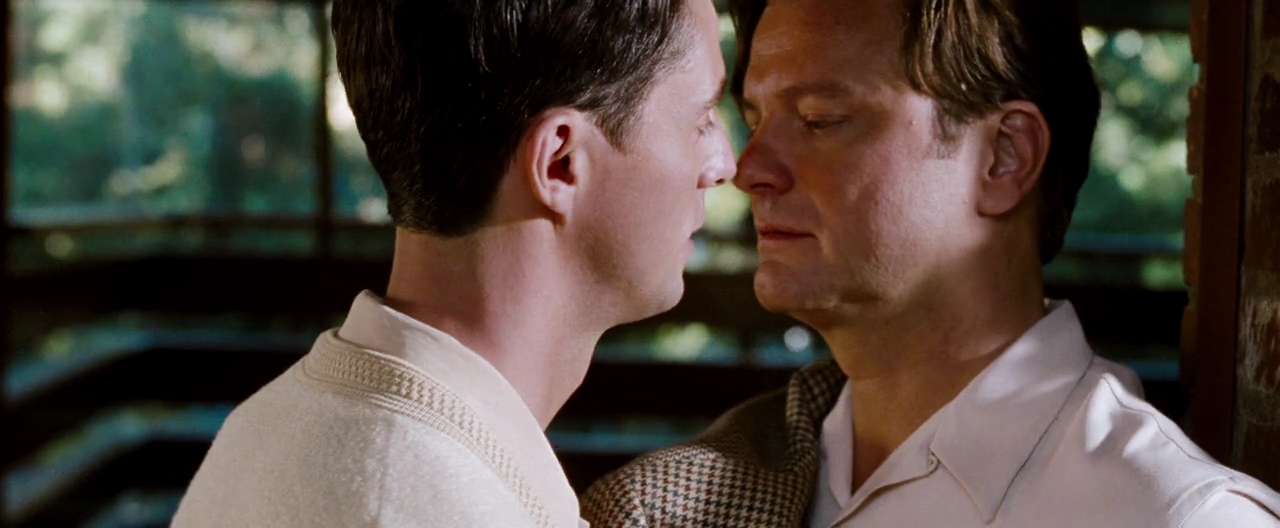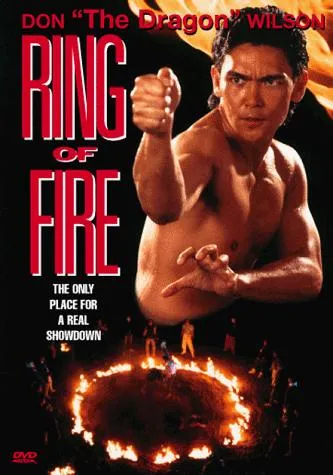👉Full movie at end of the post
At its core, A Single Man is a deeply introspective character study. George Falconer, played masterfully by Colin Firth, is a man quietly drowning in grief. The film captures the psychological weight of mourning—particularly when society offers no space for that grief to be publicly acknowledged. George has lost Jim, the love of his life, but because they were in a same-sex relationship in the 1960s, he is not recognized as a legitimate mourner. This social invisibility amplifies his despair, creating a subtle but powerful critique of heteronormative norms. George’s routine—precise, calculated, and ritualistic—mirrors his inner numbness and detachment from life.
The film’s structure—a single day in George's life—compresses time and emphasizes the intensity of his emotional state. Director Tom Ford (in his directorial debut) uses this limited timeframe to build a tight, emotionally rich narrative. As George goes through the motions of his day, we are invited into his memories and inner monologue, often through poetic voiceovers and nonlinear flashbacks. These techniques give us an intimate look at his internal world, making the audience feel every flicker of pain, longing, and fleeting beauty. Time in the film moves subjectively, bending to George’s emotional shifts, which reinforces how personal and distorted grief can be.
One of A Single Man’s most striking qualities is its visual storytelling. The film’s use of color is deliberate and symbolic. When George is emotionally numb, the colors are desaturated, almost lifeless. But when something—or someone—momentarily reignites his spirit, the colors become warm and vivid. This technique reflects his struggle to reconnect with life. The production design, costume, and lighting—all influenced by Ford’s background in fashion—are immaculate, giving the film an elegant, almost stylized tone. Yet, this aesthetic beauty never overshadows the emotion. Instead, it contrasts with George’s inner suffering, highlighting the divide between outer appearances and internal reality.
A Single Man is also a story about identity and invisibility in a time when being openly gay was not widely accepted. George must hide his relationship, his mourning, and even parts of his personality to navigate society. His interactions—with Charley (Julianne Moore), who is emotionally dependent but unable to truly understand him, and with Kenny (Nicholas Hoult), a curious student who sees George more clearly than most—reveal layers of longing for connection. Kenny’s openness and youthful energy represent a possible shift toward a future where George might be seen and loved again. These dynamics underscore the film’s broader commentary on queer isolation and resilience.
Throughout the film, George flirts with the idea of suicide—not from melodrama, but from exhaustion and emptiness. The story raises existential questions: What makes life worth living when love is gone? Can beauty, even in its smallest form, rescue someone from despair? In its final moments, the film suggests that life’s meaning may come not from grand gestures, but from fleeting moments of connection, empathy, and awareness. Tragically, just as George begins to rediscover purpose, he dies suddenly, leaving the viewer with a profound mix of sorrow and peace. His emotional arc, though ending in death, feels complete: he has faced his grief and found something beautiful again, even if only briefly



-1740220121-q80.webp)


